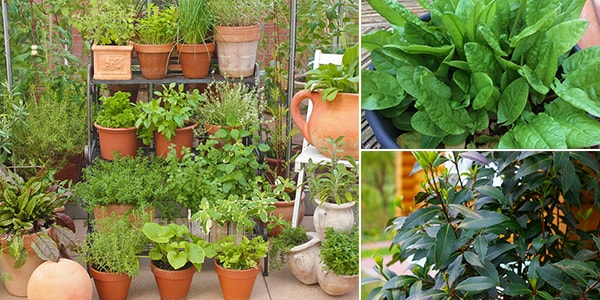
Medicinal Herbs You Only Plant Once and Harvest Forever
Cut-and-come-again vegetables are plants you can continually harvest throughout their growing seasons. These are hardy perennials that are easy to grow and require little maintenance. Many of these plants include medicinal herbs that are best for growing a natural pharmacy right in your own yard.
You do not necessarily need a wide space to grow them. Perennial herbs can survive in pots and containers to grace your balconies as ornamentals. The only consideration is where you will put them since they thrive in different growing conditions. Some plants enjoy the full sun while others fare better in the shade.
Types of Plants That Can Regrow
There are two types of perennial plants to consider for a lifetime of harvest: evergreen and herbaceous plants.
Evergreen Plants
These are plants that do not lose their leaves all year round. They stand tall and green regardless of the season, providing you with food or medicine throughout the year. They may slow down growth and leaf production in winter. But they will flourish again in spring for fresh herbal supplies.
Herbaceous Perennials
These are softwood plants that grow back every year. They temporarily die back underground during cold winters and re-grow in spring. Most of these herbs grow in bulbs or underground runners to sustain them in harsh seasons. They typically turn brown and dry up as winter approaches, but they are also often the first to sprout after the frost.
Best Plants to Grow for a Lifetime of Harvest
Perennial medicinal herbs are not only valued for their healing properties. Many gardeners also cultivate them, especially the evergreen ones, to keep the garden alive throughout the year. Here are some of these cut-and-come-again herbs you can grow and where you can typically grow them:
Rosemary
Rosemary (Rosemarinus officinalis) is an aromatic evergreen shrub cultivated as an ornamental, culinary and healing herb. It has a notable contribution to brain-related diseases such as anxiety, ADHD, Alzheimer’s disease and memory loss.
The Rosmarinic acid in rosemary is excellent in developing oxygen supply to the brain to boost its function. Rosemary is also effective in treating respiratory and digestive problems, different skin conditions, baldness and menstrual disorders. The rosemary’s antiseptic property is so strong that you can even use it as a multipurpose home cleaner.
Rosemary is an easy-to-grow plant, making it a good choice for beginners. It is best grown in a sunny spot with little to moderate irrigation. Some varieties may die from frost, but most hardy varieties can weather it well. Keeping a pot of rosemary means a handy source of leaves for infusion and poultice as well as flavoring for dishes.
Sage
Sage (Salvia officinalis) is a staple herb for many cuisines and has a long history of medicinal use. It is a perennial evergreen often planted in early spring and brings bountiful harvests throughout the succeeding years. Sage needs full sunlight and well-draining soil to establish itself.
The secret to keeping sage growing abundant leaves is pruning them regularly in spring to encourage new buds. Pruning is also necessary to keep it from getting leggy which can affect its culinary value and medicinal properties.
Sage contains a potent concentration of compounds that are beneficial for digestive health and brain health. Women with menopausal symptoms can use sage in reducing night sweats and hot flashes. Like many herbal plants, sage is consumed as an infusion, tincture or essential oil. However, extra caution is needed in taking it because the plant also contains thujone. Thujone is a compound that can damage the liver and brain when taken excessively.
Thyme
Thyme (Thymus vulgaris) is another ornamental and culinary herb praised for its valuable contribution to traditional medicine. It was used as an ancient form of antiseptic for disinfecting wounds and for treating fungal infections. Thyme contains thymol which works in clearing respiratory ailments and treating muscle spasms.
Thyme is highly-adaptable to weather changes and survives freezing temperatures. They like sandy soil and a spot where they can get a full six hours of sun a day. In warmer seasons, thyme can grow woody and regular pruning can keep them at bay.
There are different ways of consuming thyme and the most popular is using its infusion orally or topically. Here is a simple thyme cough prevention remedy you can try when the flu season kicks in:
Place ½ cup of fresh thyme leaves and 1 tsp peppermint leaves in a heat-resistant glass. Warm about 2/3 cup of honey and pour it over the herbs. Heat the glass over low heat for five minutes. Let the mixture steep for two weeks, leaving it covered near a sunlit window. You can consume the syrup alone or dilute it in water.
Marjoram
Marjoram (Origanum majorana) is a perennial shrub that is abundant in regions with warm climates. They are best used for improving blood circulation and treating skin disorders. A decoction of marjoram leaves works well against menstrual disorders and respiratory and upper airway infections. Marjoram flower infusion is excellent in treating hematoma and soothing digestive problems.
You can start marjoram from seeds, cuttings or root divisions and the plant will spread through its roots. They like loamy sand and thrive in full sun to partial shade.
Taking one cup of marjoram tea a day is a good immune system booster.
Bay Laurel
Bay leaf or bay laurel (Laurus nobilis) is an evergreen tree you can plant once and harvest a lifetime. This aromatic tree is hardy. In fact, it is one of the hardiest medicinal plants that can survive in harsh climates and soil conditions. You basically plant the laurel tree, allow it to establish and let it take care of itself. Bay laurel trees can survive for at least 50 years to give you a bountiful harvest of its seeds and leaves.
Its leaves are commonly used in Indian and Thai cuisines, but its healing powers span further from ancient cultures. Bay laurel symbolizes divinity and victory imbued with sacred status. The plant is used for warding off plague and diseases.
Modern herbal medicines use bay laurel for respiratory, digestive and menstrual relief. It is also used in aromatherapy where the smoke of its burning leaves is inhaled to alleviate stress and anxiety. Bay leaf makes an excellent decoction for healing wounds and relieving pain. Macerated fresh bay leaves applied on the forehead cures headache. Its tea is a good remedy for indigestion, asthma, cough and other related illnesses.
Basil
No pasta or soup dish is complete without this popular garnish. Basil (Ocimum basilicum) is a well-loved herb cultivated mainly for commercial culinary use. But more than just a food crop, it is also a source of various medicinal properties.
Basil relieves indigestion and contains compounds that treat food poisoning and gastroenteritis. It is hypoglycemic which brings aid to people with high sugar levels. The anticoagulant property of basil makes it an excellent herb against blood clot formations.
Chewing the leaves, extracting its juice, or taking its tea treats a wide range of health problems. About 8 to 10 leaves of basil mixed with half a teaspoon of honey taken thrice a day is sufficient for many health problems.
Basil has many varieties, most of them are perennials and some are annuals. Either way, these plants need full sunlight, regular watering and fertile soil with ample mulching.
Lemon Balm
Lemon balm (Melissa officinalis) is a bush that exudes a mild lemony scent attracting pollinators in the garden. Lemon balm may die in extreme frost. However, it will re-grow in spring. The plant can adapt to a variety of soil but grows better in rich and fertile soil with a neutral pH level. It is drought resistant and can still fare well in light to moderate irrigation.
Lemon balm holds many important properties, but it is well-recognized as an effective sedative. It can relieve insomnia and reduce stress and anxiety, especially when paired with Valerian (Valeriana officinalis). Its ability to reduce the effect of Grave’s disease makes it a potential plant for treating hyperthyroidism.
If you have sleeping difficulties, try sipping on this sleepy tea recipe:
Place 1 tsp licorice root in a saucepan with 2 cups of cold water and simmer over low heat. Remove from heat and add 2 tsp valerian leaves and 4 tsp lemon balm leaves. Steep for at least 30 minutes and strain before serving. You can take a cup of this drink before bedtime to treat sleeplessness.
Cilantro
Cilantro (Coriandrum sativum) is also often referred to as coriander. But, the term coriander actually pertains to cilantro seeds. It is one of the easy cut-and-come-again herbs that is reasonably essential in an herbal garden.
Cilantro was traditionally used for treating food poisoning with its ability to remove metals from the body. It is also an effective plant for reducing blood sugar and treating infections. Cilantro can lower blood pressure levels and cholesterol which benefits overall cardiovascular health.
The best way of extracting the health benefits of cilantro is by eating it raw. You can also turn coriander seeds into a tea for different problems like insomnia, stomachache, anorexia or sore throat.
Sorrel
Sorrel (Rumex acetosa) is a perennial herb of the buckwheat family cultivated as a leafy vegetable and ornamental plant. It is not grown for commercial culinary use but you can grow this plant once and harvest it many times. Sorrel is a useful home remedy that gives off a cooling effect.
The juice of sorrel leaves and seeds can be used for various health problems like snake bites, toothache, digestive problems, diarrhea and inflammations. Sorrel is also effective against headaches, depression and fatigue. The leaves can be eaten raw or macerated for topical application. The decoction and infusion of sorrel leaves and buds are consumed for dysentery and other stomach problems.
An herbaceous bushy plant, sorrel prefers clay loam soil and thrives in damp and shady locations.
Bunching Onions
Bunching onions, or onions grown for their green tops, are plants that will give you ample supply year after year. This type of onion is non-bulbing and includes varieties like scallions, spring onions, green onions or Japanese bunching onions.
Bunching onions are resilient to soil and weather conditions. They only need regular watering and thick mulch to keep them alive in winter.
Like most herbs, bunching onions are primarily grown for culinary purposes. But they are also beneficial as medicinal plants. Plants from the allium family are known for improving metabolism, treating respiratory infections and promoting cardiovascular health.
Scallions and spring onions are usually taken as food where they are added to soups or as garnish. To extract its curative properties, you can prepare it with ginger as an instant remedy for flu and cold:
Simply clean and slice a few ginger roots and the white part of the scallion. Add 2 tbsp honey or maple syrup to taste, ¼ tsp sea salt, and 2 cups water and bring it to a boil. Bring to a boil in high heat, then reduce to medium to let it steep for 30 minutes. Strain and use this decoction once a day to relieve symptoms of flu and other health concerns.
Takeaway
Perennial herbs grow back every year to provide you with another round of herbal remedies. You will love growing these plants because you only plant them once and they will survive on their own with minimum care. To get the best out of herbal medicines, grow them in a variety. It will ensure handy remedies whenever you need a quick fix for your mild illness or its prevention.


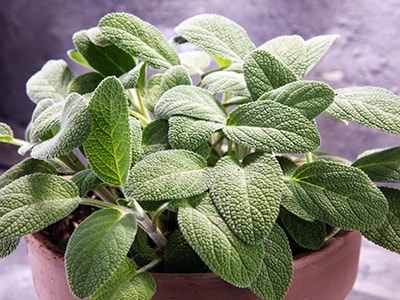
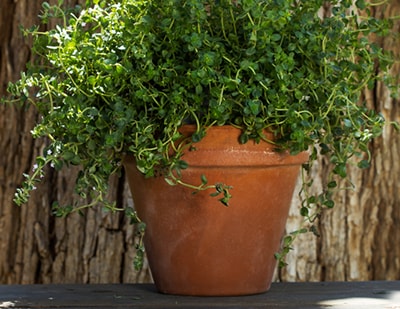
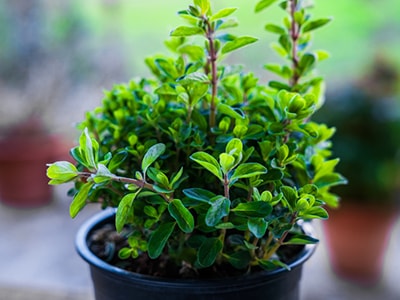
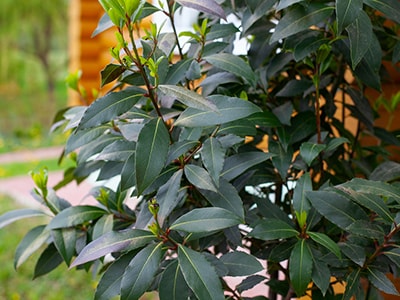
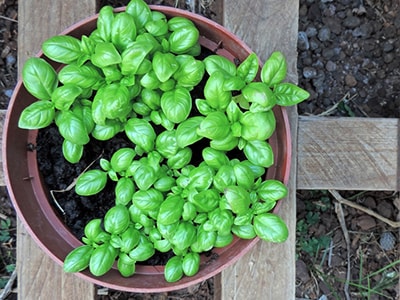
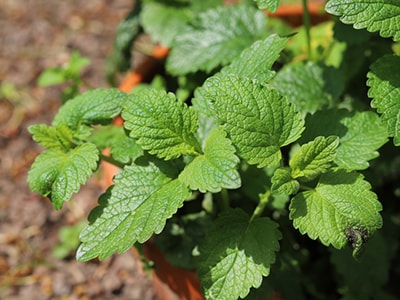
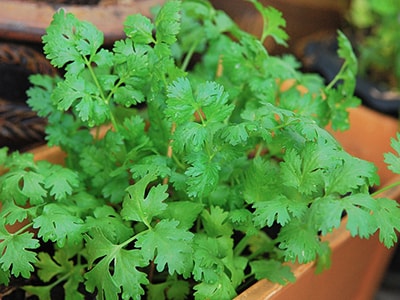
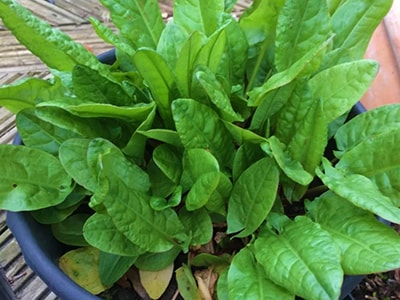
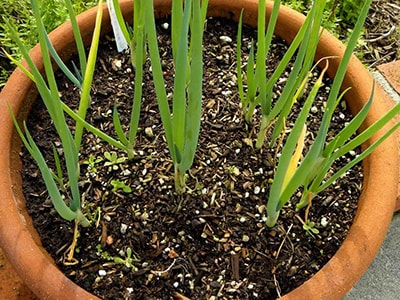
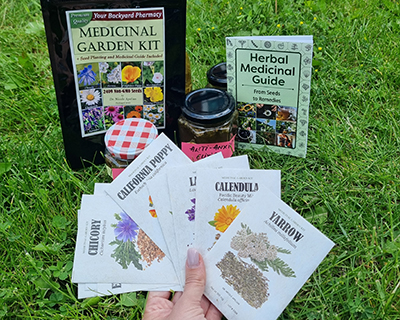
Unfortunately for me the price nearly doubled when I order to Australia 😢
When you speak of using Rosemary as an infusion, what would you infuse it in? Olive oil, etc.? Or would you make a tincture in vodka? Also what would be the dosage? I think I could use this in my day to day life. Thank you.
You could use rosemary in any of those ways. Just fill a sanitised jar with rosemary, cover with alcohol or oil, poke a sanitised stick in to get rid of any bubbles. Put the lid on. Check back next day in case it needs topping up. I’ve been taught to leave in a dark place for 4-6 weeks, but I notice the lostherbs book often speaks of 1 week, so I’m not sure 🤔